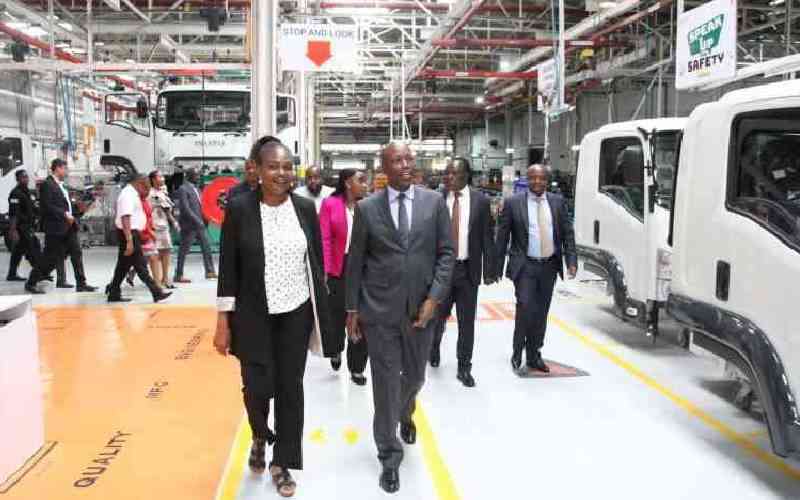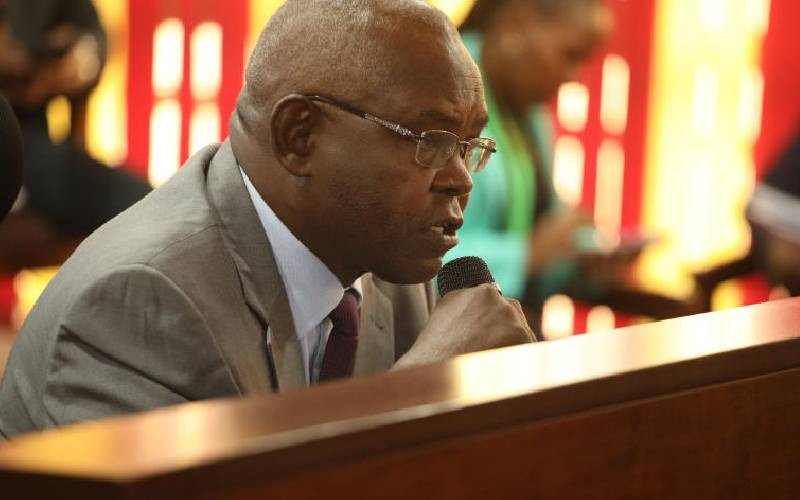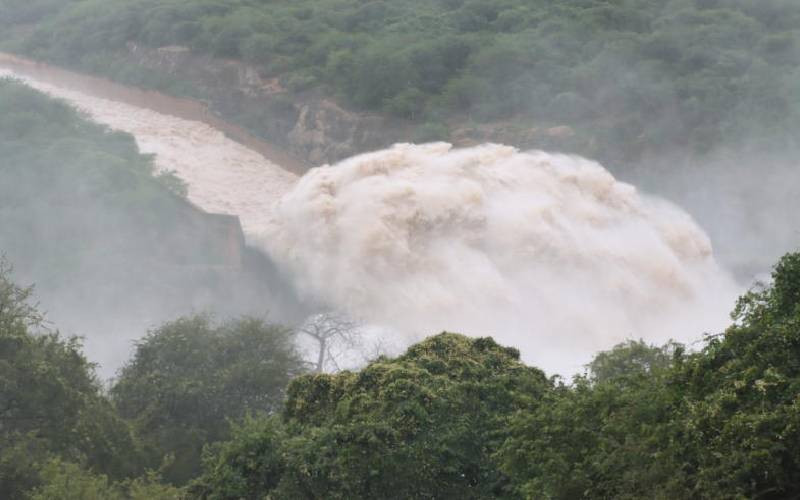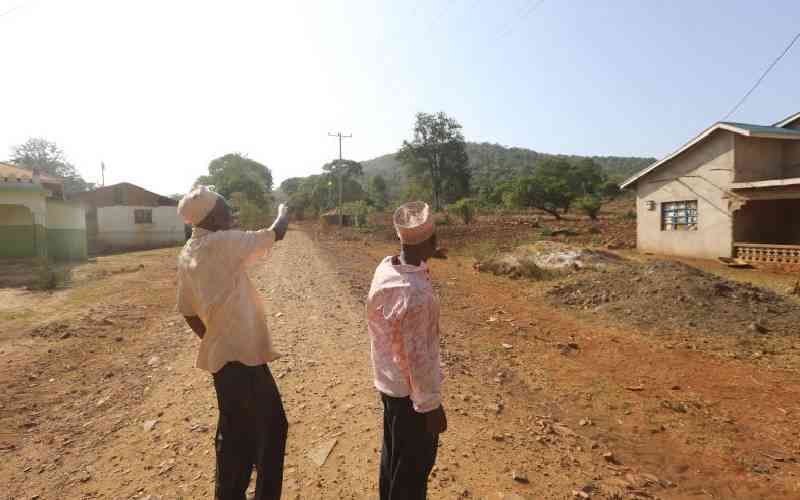×
The Standard e-Paper
Home To Bold Columnists
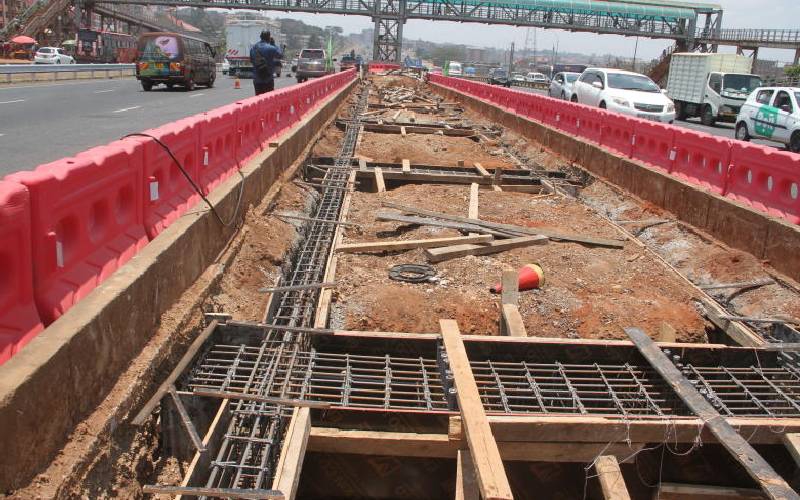
The progress of BRT Shade constructed along Thika superhighway on March 13, 2021.[Edward Kiplimo,Standard]
The rollout of the Bus Rapid Transit (BRT) system may render some roles in the multi-million-shilling matatu industry obsolete, leaving many of the crews jobless.

